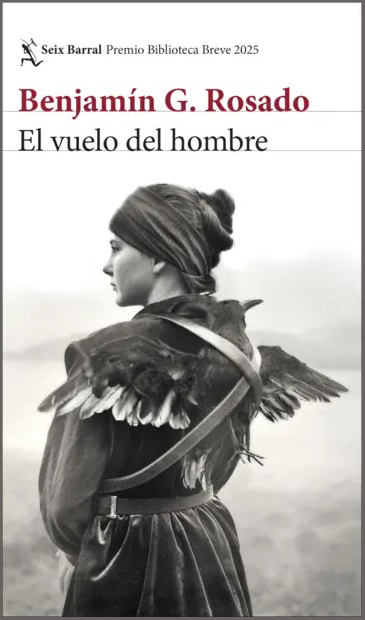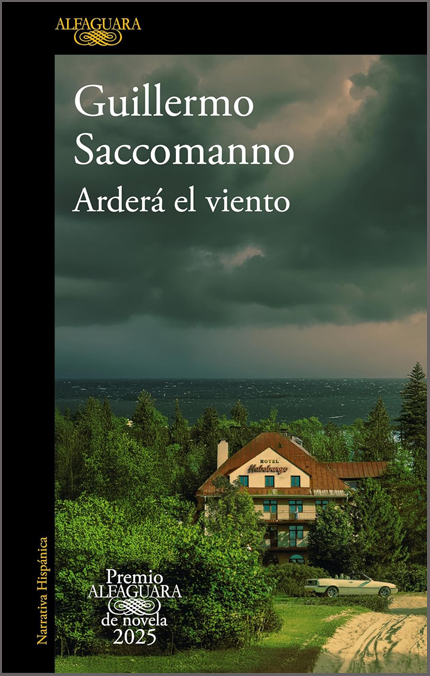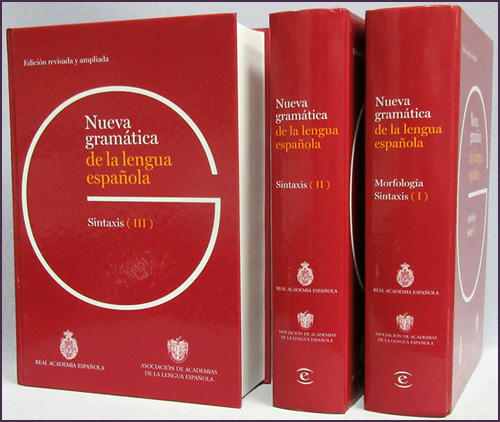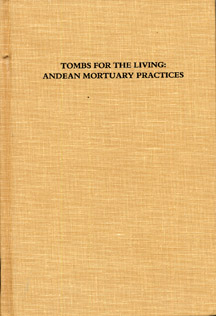Tombs for the Living: Andean Mortuary Practices ∥ Dillehay, Tom D.(ed.)
---------------------------------------
ISBN13: 9780884022206
---------------------------------------
サイズ: 16 x 23 x 3.4 cm
---------------------------------------
頁 数: viii+425 pgs.
---------------------------------------
装 丁: hard cover
---------------------------------------
出版社: Dumbarton Oaks
---------------------------------------
発行年: 1995
---------------------------------------
発行地: Washington
---------------------------------------
双書名: Pre-Columbian Conference Proceedings
PDFリンク: ※ 詳しくはこちら (PDF追加情報)
Subtitulo : A Symposium at Dumbarton Oaks, 12-13 Oct. 1991
Description:
The idea for a Symposium to focus on Andean mortuary practices began in conversations with Tom Dillehay in 1988. The PreColumbian program’s Senior Fellows committee was looking to develop a symposium that drew upon recent research in the Andes and at ¡Jll’ same time pushed researchers to expand their thinking about their own work. Dillehay and I had béen discussing several ideas when he began to talk about a long-term interest of his: funerary practices. His work among I he Mapuche, with their complex and costly burial practices, had made him iv.rlize how important and telling this aspect of a culture could be.
In spite of all the excavation-and all the looting-of cemeteries in the Andes, and in spite of the significance placed on burials by ancient Andean peoples, the theme of mortuary practices had never been thoroughly explored. The excavational material was potentially there, but analysis of that data in terms of the practices and beliefs lagged behind. The committee Igreed fully with Dillehay’s idea to organize a symposium for 1991 that would explore Andean mortuary practices and their social, economic, and religious implications, approached from a pan-Andean perspective.
As Dillehay has pointed out, in the Andes there is a long history of research on burial records and context for the purpose of reconstructing cultural affiliation, chronology, socioeconomic status, grave content, treatment of the human body, and specific burial context in various types of sites. Less attention has been paid to the larger question of how mortuary practices functioned in different cultures. The symposium, of which this volume is the result, focused on this broader issue by looking at linkages between the living and the dead (including ancestors) achieved through mortuary rites, the role of wealth and ancestors in cosmological schemes, the location and construction of tombs and cemeteries and their social and political implications, and the art and iconography of death. The speakers were chosen not for their geographic or culture coverage but because their work embraced different and complementary aspects of the topic. The speakers also brought their own perspectives .and approaches, which makes lor a richlv textured volume.
CONTENTS:
Preface......vii
Tom D. Dillehay: Introduction......1
John Howland Rowe: Behavior and Belief in Ancient Peruvian Mortuary Practice......27
Mario A. Rivera: The Preceramic Chinchorro Mummy Complex of Northern Chile: Context, Style, and Purpose......43
Robert D. Drennan: Mortuary Practices in the Alto Magdalena: The Social Context of the ‘San Agustín Culture’......79
Christopher B. Donnan: Moche Funerary Practice......111
Patrick H. Carmichael: Nasca Burial Patterns: Social Structure and Mortuary Ideology......161
John W. Verano: Where Do They Rest? The Treatment of Human Offerings and Trophies in Ancient Peru......189
Jane E. Buikstra: Tombs for the Living…or…For the Dead: The Osmore Ancestors......229
Tom D. Dillehay: Mounds of Social Death: Araucanian Funerary Rites and Political Succession......281
Frank Salomon: ‘The Beautiful Grandparents’: Andean Ancestor Shrines and Mortuary Ritual as Seen Through Colonial Records......315
Joseph W. Bastien: The Mountain/Body Metaphor Expressed in a Kaatan Funeral......355
Patricia J. Lyon: Death in the Andes......379
James A. Brown: Andean Mortuary Practices in Perspective......391
INDEX, prepared by Lisa de Leonardis......407
-

2025年Biblioteca Breve賞受賞作品。ある若き言語学者が南米の港町へ旅立ち、自らの未来を模索しながら執筆に挑む物語です。偶然の出会いが彼の最初の小説を生み出し、出版の成功によってニューヨークへ移り住むも、そこから作品と現実のズレに苦しみ、やがて忘れ去られていく運命を辿ります。しかし、思いがけぬ知らせが彼をコロンビアのジャングルへ導き、かつての小説の結末と酷似した“事故”の謎に巻き込まれていきます。現実とフィクションの境界が揺らぐ中で、「語られるべき物語」と「黙されるべき物語」の間にある微妙な線をめぐる、緊張と知性に満ちた冒険小説です。
- El vuelo del hombre ∥ Rosado, Benjamin G.
- ¥6,380
-

アルフアグアラ文学賞2025年受賞作。ある夫妻がアルゼンチンの海辺の小さな町に姿を現し、老舗ホテルを経営し始める。家族を伴ったその異質な存在が、村社会のひび割れに潜む偏見や恐怖、秘められた欲望をあぶり出していく。表向きは穏やかな日常が、彼らの介入によってゆっくりと腐食し、町の底に潜む暴力と暗部が静かに露呈していく。精緻な文体で綿密に構築された“社会の朽ちるプロセス”が、特定の国や地域を超えて現代の精神風景を写し出す。緊張感と抑制のなかに秘められた強烈な物語体験を求める読者に。
- Arderá el viento ∥ Saccomanno, Guillermo
- ¥5,720
-

2025年ナダール文学賞受賞作品。南米・ブエノスアイレスを舞台に、父との溝を抱える一人の作家が、故人となった父の真の姿を探し始める。労働者階級の移民としてスペインから渡った父は、息子が憧れた文学の道に無言で壁を築いていた。母国映画やハリウッドの古典に囲まれ育った少年は、大人になった今、スクリーンの背後に隠された父の「秘密」に気付き、渦巻く沈黙と誤解の中に分け入る。時代を越えて響く父子の断絶、移民としてのアイデンティティ、そして愛しながらも理解しきれない存在。静かに、しかし確実に胸に迫る物語が、読む者の言葉と記憶を揺さぶる一冊。
- El secreto de Marcial ∥ Fernández Diaz, Jorge
- ¥6,600
-

入荷いたしました!!
第2版改定新版 「アカデミア最新スペイン語文法」。スペイン王立アカデミーとASALE(スペイン語アカデミー協会)の共同編集による増補改訂版3巻本。2009年に2巻本として出版されてから16年、さらに広く深く、スペイン語圏全体のスペイン語を総合的に扱うスペイン語文法書の決定版です!- Nueva gramática de la lengua española - Edicion revisada y ampliada in 3 vols. ∥ Real Academia Española
- ¥49,500

